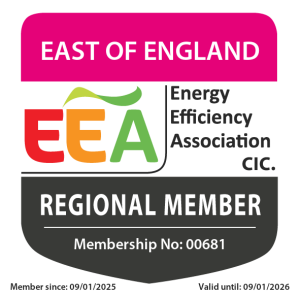Metal Plate Workers, Smiths, Moulders & Related Occupations
Metal plate workers, smiths, moulders and related occupations mark off, drill, shape, position, rivet and seal metal plates and girders to form structures and frameworks operate power hammers and presses to shape heated metal to requirements and to make and repair a variety of metal articles and make moulds and cores for casting metal and pour or inject molten metal into dies.
Tasks
- Examines drawings and specifications to determine operational requirements marks out metal plate with guidelines and reference points and cuts metal plate using hand or machine tools uses machine tools to bend, curve, punch, drill and straighten metal plate as required uses hydraulic jacks to position and align metal platework or frame for welding and bolting and rivets together metal plate and girders creates mould units out of sand, loam or plaster by hand or machine and fits cores into mould to form hollow parts in casting seals seams with caulking compound, smooths welds, fixes metal doors, metal collars, portholes, tank and hatch covers and performs other metal plate finishing tasks using a variety of hand and power tools heats metal for forging and positions heated metal on anvil or other work surface operates press or hammer and repositions workpiece between strokes uses forging tools to shape and cut metal and bends or shapes metal by hand forging methods using hammers, punches, drifts and other hand tools tempers and hardens forged pieces, as required, by quenching in oil or water fits and secures horses shoes scoops molten metal from furnace into die or die casting machine
Entry Requirements
Entrants typically possess GCSEs/S grades. Training is usually via apprenticeship including practical experience and technical training. NVQs at Levels 2 and 3 are available.












